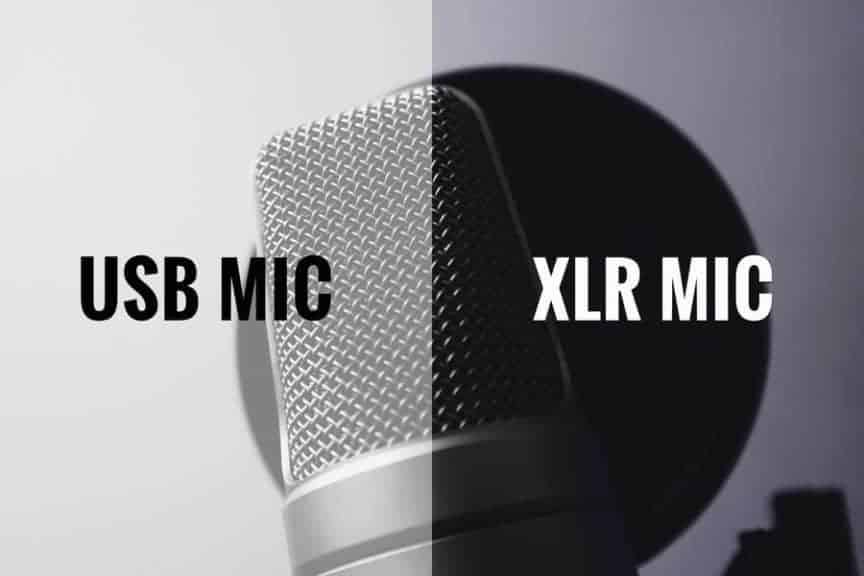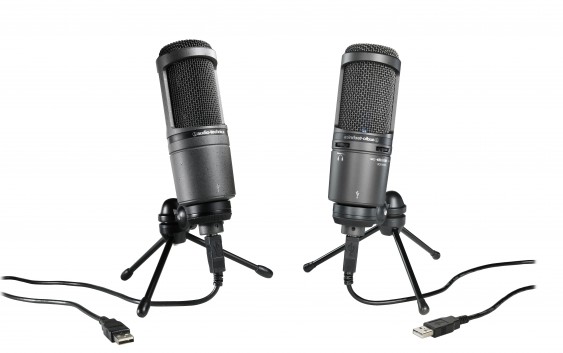
This is one of the reasons this microphone has become the go-to USB microphone for many gamers, streamers, and podcasters. Surprisingly, Razer hasn’t gone way too far with the gamer look of the Siren this mic comes out decent-looking and professional.Ĭompared to the likes of Audio-Technica AT2035 vs Blue Yeti, Razer Seiren is quite smaller and more compact. Like most gaming-focused microphones in the market, Razer Seiren comes with an electret condenser, a wide diaphragm, and a beefy shock protection.

The AT 2020USB is a "dead-end" as far as any future expansion.

However, installing the Focusrite as your interface gives you the advantage of having a higher-quality, higher resolution, lower noise output path to get music out of your computer once you've created it so the advantages of going that route are more than just being able to record the microphone better.įinally, there is the fact that the Focusrite gives you (2) input channels, so you can always add another mic in the future if you'd like. Your internal Asus sound-card is not involved (as an input device) if you use either the AT2020USB, an analog AT2020 with the Icicle, or the Focusrite 2i2. That's not the case if you record at 16 bit resolution. You can record with the signal peaking at -20 dB and then bring it up later in post processing with no loss of sound quality.

Using the 24 bit converters in the Focusrite, the recording level is much less critical. However if the signal level is not set exactly correctly, you will wind up using only a limited dynamic range of the 16 bit converter and the sound will suffer slightly. You also will not have as much possible "headroom".įor a properly recorded 16 bit recording (where the signal level is adjusted to peak at just a few dB below the maximum - digital "full-scale") it will be hard to hear any difference when compared to a 24 bit recording. For the lowest distortion and best signal to noise ratio you must be must more careful when setting levels when recording at 16 bits. Mainly, you can be much more flexible with your recording levels. To get the best from the mic and for ease of use, being able to record at 24 bit resolution has several advantages. Using the analog output (XLR version) AT 2020 with a Focusrite Scarlett 2i2 has the advantage of allowing recordings to be made at 24 bit resolution as opposed to the fixed 16 bit resolution of the AT2020USB or a AT 2020 used with a Blue Icicle (again only 16 bit resolution). So which of the 3 combinations should I get? I have a Xonar DG soundcard if that helps. I have another option which is to get the xlr connected with a blue icicle and both of them combined costs the same as the usb version. I am a student on budget and if the additional $120 comes at only a tiny sound quality improvement i would rather spend the $120 on something else like speakers. I'm from singapore and the AT2020 XLR with Focusrite Scarlett 2i2 costs about $300 from amazon while the USB version comes at about $180.

However I was just wondering if the sound quality drop of the usb version is indeed that significant or not. I read that the XLR variation of the mic offers better quality when connected through an interface as compared to the USB variation. However, it comes in two variations and I'm unsure about what to get. So far I've heard many good reviews about the AT2020 and decided to get it as my entry level recording microphone. Hi guys! I am new to recording and I wish to record some vocals and maybe some acoustic guitar in the future.


 0 kommentar(er)
0 kommentar(er)
